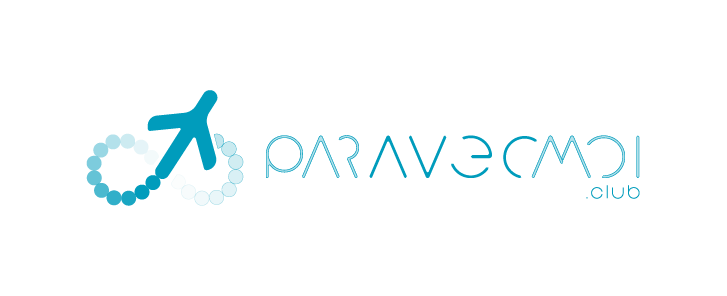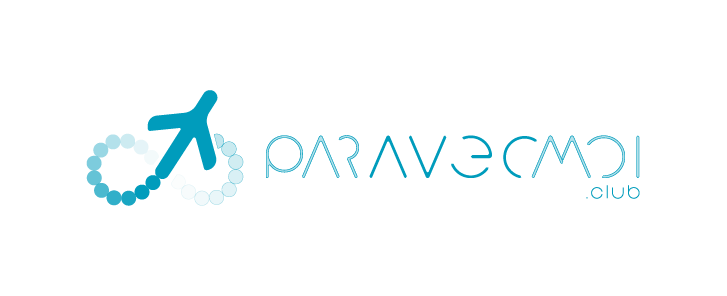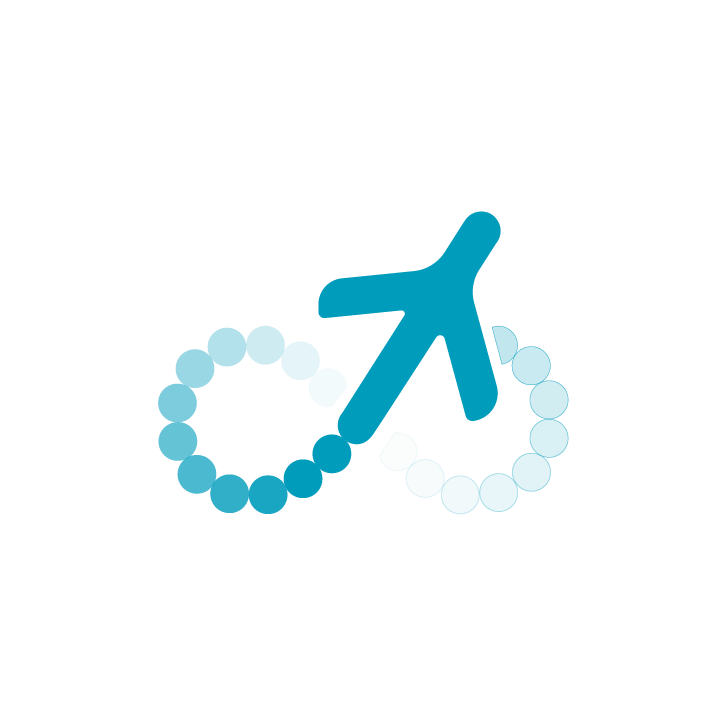CDS Solutions A Key Element in Modern Portfolio Management

In the evolving landscape of financial markets, portfolio management requires strategies that can mitigate risks while optimizing returns. One crucial component that has emerged in modern portfolio management is the use of CDS solutions. Credit Default Swaps (CDS) offer investors a way to manage the risk associated with credit defaults, providing an added layer of protection for their investments. In this article, we will explore how CDS solutions are shaping modern portfolio management, their benefits, and the critical role they play in investment strategies. Additionally, we will touch upon the importance of non-financial factors, such as Diatomaceous Earth for Ants, in broader risk management considerations.
Understanding CDS Solutions and Their Role in Modern Portfolio Management
What is a CDS Solution?
A CDS solution refers to a type of financial derivative used primarily for hedging credit risk. It functions like an insurance policy, allowing investors to protect themselves against the risk of a credit event, such as a default by a borrower or bond issuer. Through the CDS market, investors can buy protection on a bond or loan, enabling them to manage the risks associated with credit exposure.
The CDS market has grown substantially in recent years, reflecting an increasing reliance on these instruments to manage credit-related risks. By utilizing CDS solutions, investors can safeguard their portfolios against default events, which are increasingly unpredictable in the volatile global financial markets.
CDS Solutions as a Risk Mitigation Tool
One of the primary advantages of CDS solutions is their ability to mitigate risks. In portfolio management, risks are categorized into market risk, credit risk, interest rate risk, and liquidity risk. While market risks cannot be entirely avoided, CDS solutions offer a safeguard against credit risk, especially for investors holding a significant portion of their portfolio in bonds or debt instruments. When the creditworthiness of an issuer deteriorates, the CDS provides compensation to the investor, thus minimizing potential losses.
This is particularly important for institutional investors, such as hedge funds and mutual funds, that manage large, diversified portfolios. By incorporating CDS solutions, these investors can better withstand the negative financial consequences of unexpected defaults, enabling more stable and consistent returns.
The Role of CDS in Portfolio Diversification
Diversification and Risk Balance
A diversified portfolio is essential for minimizing risks. However, despite diversification, the exposure to credit risk remains significant. This is where CDS solutions become indispensable. They offer a means of reducing credit risk without needing to abandon or adjust the underlying investments in the portfolio. By purchasing protection through a CDS, an investor can offset the negative effects of a default on one or more assets in the portfolio. This form of insurance allows investors to maintain their desired exposure to a variety of sectors and asset classes without taking on undue credit risk.
Investors can use CDS solutions not only to protect specific credit exposures but also to balance risk across different investment types, such as government bonds, corporate debt, and emerging market securities. This flexibility is one of the main reasons CDS solutions are integral to modern portfolio management strategies.
The Impact of CDS Solutions on Asset Allocation
Asset allocation is a cornerstone of portfolio management, and incorporating CDS solutions can enhance its effectiveness. By adding CDS to the mix, investors can refine their risk management tactics, especially when dealing with assets that are highly susceptible to credit risk. This strategic use of CDS solutions allows investors to allocate their capital in a manner that reduces potential losses while still benefiting from high-yield opportunities.
Moreover, CDS solution provide portfolio managers with more precise control over their exposure to particular credit events. This can be especially useful when managing large portfolios with diverse asset classes across multiple regions or sectors.
Benefits of CDS Solutions in Portfolio Management
Enhanced Protection Against Credit Default
The most apparent benefit of CDS solutions is their ability to offer protection against the risk of a borrower defaulting on their obligations. For investors, this translates into greater security, as the CDS provider compensates for the losses incurred due to a credit event. This protection is particularly valuable in an environment of economic uncertainty, where the risk of defaults may increase.
Flexibility in Trading and Hedging
Unlike other forms of insurance, CDS solutions are tradable, allowing investors to sell their protection to other market participants. This flexibility makes CDS an attractive option for portfolio managers who wish to dynamically adjust their risk exposure over time. The ability to trade CDS contracts adds an additional layer of strategic depth, enabling portfolio managers to optimize their risk-return profiles in response to market conditions.
Cost-Effective Risk Management
While there are costs associated with purchasing CDS solutions, they often prove more cost-effective than other methods of hedging, such as liquidating positions or reducing exposure to certain sectors. By using CDS solutions, portfolio managers can continue to hold their assets while effectively mitigating credit risk. This allows for smoother portfolio management with fewer disruptions and potential losses, ultimately leading to better long-term outcomes.
Integrating Non-Financial Risk Management: Diatomaceous Earth for Ants
While CDS solutions play a critical role in managing financial risk, modern portfolio management must also consider non-financial factors. An example of this is the use of diatomaceous earth for ants in asset management offices. Though seemingly unrelated to finance, maintaining a pest-free environment is crucial for operational efficiency. Pests can damage valuable equipment, disrupt workflow, and increase operational costs. By incorporating pest control solutions like diatomaceous earth for ants, portfolio managers ensure their physical infrastructure remains intact, further supporting the overall health of their business operations.
This illustrates how holistic risk management extends beyond just financial instruments like CDS solutions. An integrated approach that considers both financial and non-financial risks can significantly enhance the resilience of a portfolio.
Conclusion: CDS Solutions and the Future of Portfolio Management
The use of CDS solutions has become a fundamental element of modern portfolio management. By providing a hedge against credit risk, these instruments allow investors to maintain diversified portfolios while minimizing potential losses. As financial markets continue to evolve, CDS solutions will remain essential in protecting against the unpredictable nature of credit events. Furthermore, the integration of non-financial risk management strategies, such as diatomaceous earth for ants, further reinforces the importance of a comprehensive risk management approach.
Incorporating CDS solution into portfolio management not only protects investments but also helps optimize returns and manage exposure effectively. As financial strategies continue to grow more complex, leveraging tools like CDS solutions will remain crucial for any investor aiming to navigate the complexities of modern markets.
- Art
- Causes
- Crafts
- Dance
- Drinks
- Film
- Fitness
- Food
- Παιχνίδια
- Gardening
- Health
- Κεντρική Σελίδα
- Literature
- Music
- Networking
- άλλο
- Party
- Religion
- Shopping
- Sports
- Theater
- Wellness



